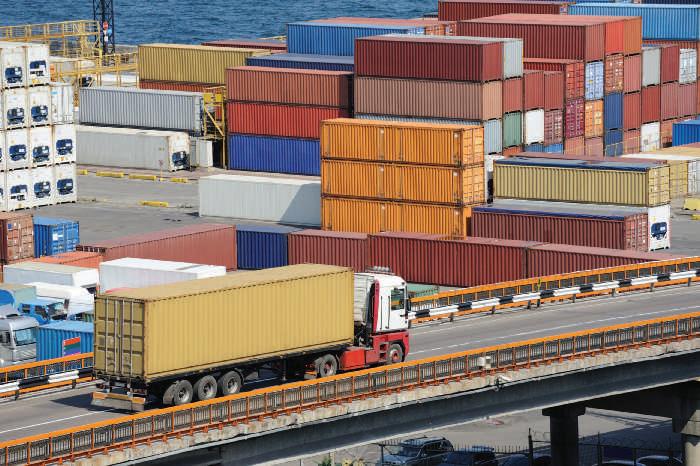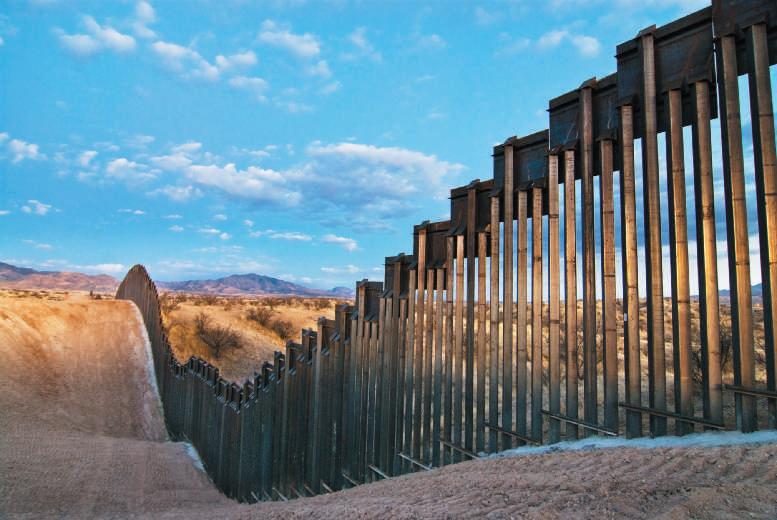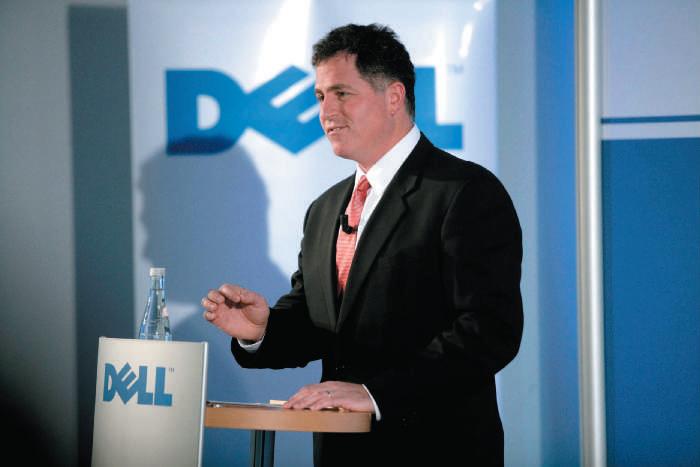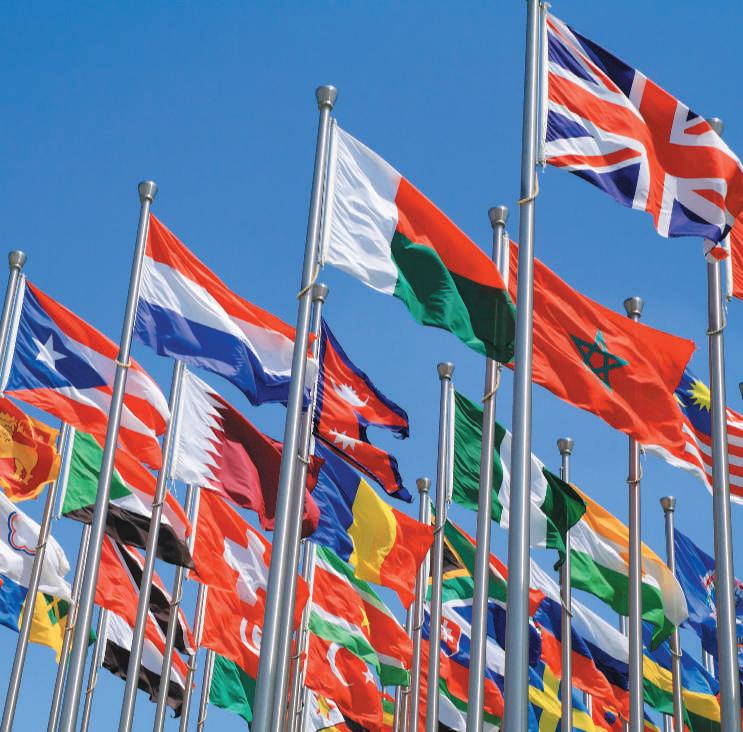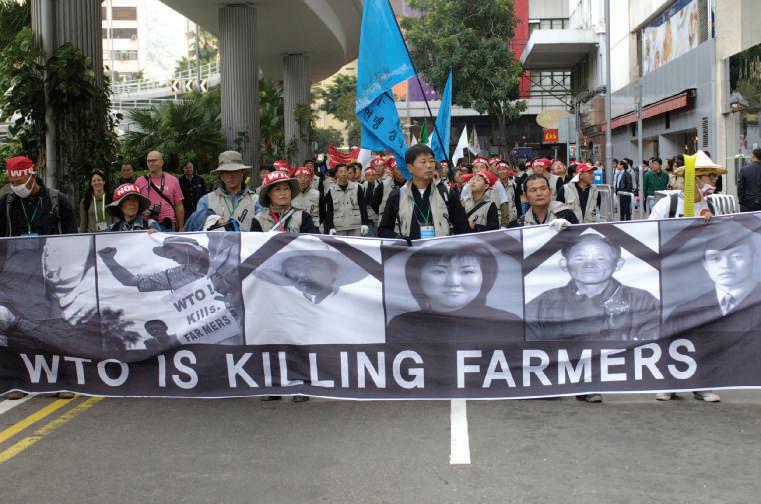62
C h a p ter 3 R e g ional E conomic I nte g ration
customs union
a group of free-trade member countries that have adopted a common external tariff with nonmember countries
a market formed when member countries of a customs union remove all barriers to allow the movement of capital and labor within the customs union
economic and monetary union
a union formed when members of a common market agree to implement common social programs (on education, employee benefits and retraining, health care, etc.) and coordinated macroeconomic policies (such as fiscal and monetary policies) that would lead to the creation of a single regional currency and a regional apex central bank
political union
the union created when member countries of an economic and monetary union work closely with one another to arrive at common defense and foreign policies and behave as a single country
ArtisticPhoto/Shutterstock.com
common market or single market
County flags of some World Trade Organization members.
tariffs, imports will primarily enter the free-trade area through the country that has the lowest external tariffs and trade restrictions, thereby causing other free-trade member countries to lose import business. This may eventually lead to the creation of a customs union, in which all free-trade member countries would need to adopt a common external tariff with nonmember countries. Third, within the member countries of the customs union, investment (hence business and job opportunities) will flow to countries that have the highest labor productivity and low capital cost. This, in turn, may encourage the removal of barriers to allow free movement of capital and labor within the customs union, thereby creating a common market or single market. Fourth, within the common market, the free movement of labor and capital may encourage member states to implement common social programs (on education, employee benefits and retraining, health care, retirement programs, etc.) and coordinated macroeconomic policies (e.g., similar fiscal and monetary policies) that could lead to the creation of a single regional currency and an economic and monetary union. Finally, because member countries of the economic and monetary union will work closely with each other on all major business and economic issues, the urge to have common defense and foreign policies may lead to the creation of a political union (i.e., a group of countries that will behave as a single country).
3-1b Pros and Cons of Regional Integration The benefits and costs of regional integration crucially depend upon the level of integration the countries in the group achieve. These countries have a variety of motives for participating in the union: creation of greater business opportunities, global competitiveness,
Copyright 2017 Cengage Learning. All Rights Reserved. May not be copied, scanned, or duplicated, in whole or in part. Due to electronic rights, some third party content may be suppressed from the eBook and/or eChapter(s). Editorial review has deemed that any suppressed content does not materially affect the overall learning experience. Cengage Learning reserves the right to remove additional content at any time if subsequent rights restrictions require it.









